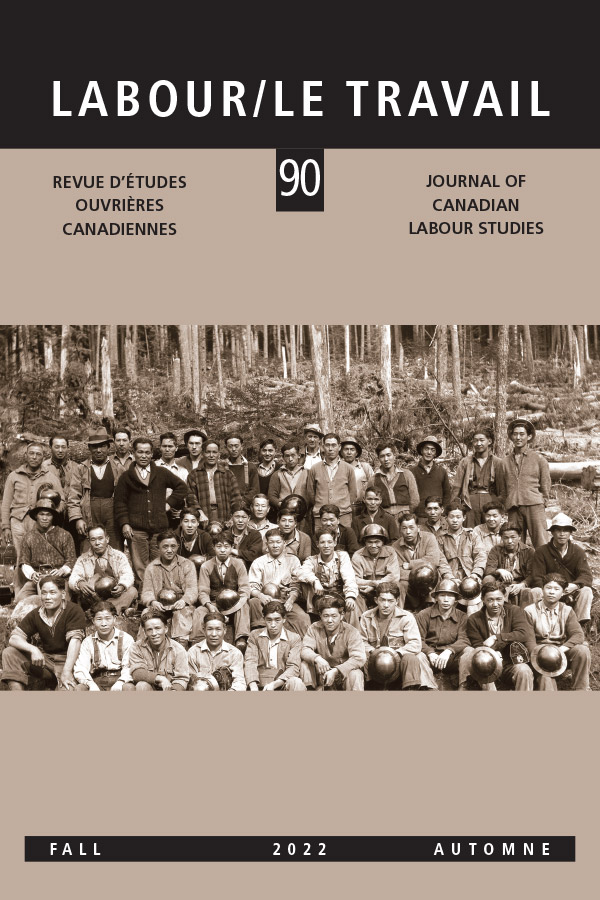Published 2022-11-25
Keywords
- artificial intelligence,
- automation,
- labour,
- technological change,
- gig economy
- trade unions ...More
How to Cite
Abstract
We are in an important technological moment in history, where experts in academia, research institutes, and non-governmental organizations posit that developments in artificial intelligence (ai) will lead to widespread disruptions in the labour market. This article addresses this claim by asking if organized labour sees ai as an equally imminent threat. Moreover, it asks how labour is preparing to challenge the power of capital as employers leverage automation in an age of neoliberal precarity. Online materials published by unions affiliated with the Canadian Labour Congress are reviewed here through discursive analysis. Our findings indicate that while no union has expressed opposition to technological change, many have questioned how employers leverage it in the workplace and its wider geopolitical and societal effects that affect their members and communities. We find that discussion around technological change emphasizes that technology makes work better and safer in a human-centred work environment. Overall, organized labour in Canada is attentive to issues within the political-economic context of automation, precarious work, community impacts, the role of government and regulation, skills and retraining, and job loss, among others. Given the view of technology held by organized labour, we challenge perspectives of both techno-pessimism and techno-optimism and highlight instead that labour unions are in a unique position to both respond and adapt to the evolution of work. Expanded strategic interventions around automation are needed to combat precarious work and the erosion of working conditions at present and in the coming decade(s), and we point to some notable efforts that are underway.
